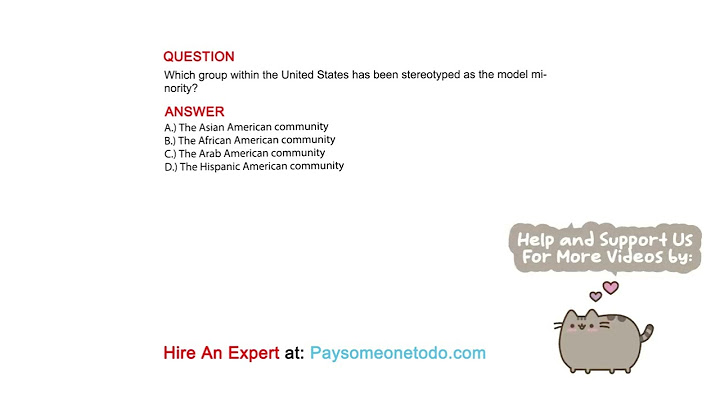The next step is to use your keywords to build a search within a library database. While each database has a unique collection, and may look slightly different, these general steps will work in every library database. Show
Below is an example search using the keywords provided in the box above. 1. From the library website, look for the Subject Resources box and click on the Select a subject drop-down:  2. Click the Education option. Now you will see the Education Research guide. This guide has links to the databases used most often for Education research. 3. Select a database. This search example uses ERIC, one of our Education subject databases. Scroll down to the Education Databases box. Click the ERIC link. You may need to log in with your myWalden user name and password. NOTE: There are many databases you can use for this assignment. You may want to try more than one database, since each database has a different collection of articles. See the bottom of this box for a list of relevant databases, and more information about each one. 4. Type your keywords into the search boxes. Place keywords for a single concept into one box, using "or" between each one. This tells the database to find articles that have any of those terms. For example, first search box: digital divide or technology or internet Second search box: academic achievement or student achievement or student success Third search box: poverty or poor or low income Learn more about "or" and other Boolean operators. 5. Add limits to your search. The limits you choose will depend on what you need to find. Check the Scholarly Peer-Reviewed box, if the database you are using includes the option. You can also add a date limit. Learn more about database limiters Click to see a larger image of this search page. 6. Click the Search button. See if the articles are relevant by reading titles and abstracts. Learn about identifying original research studies (the next box down). 7. Refine your search if you need to improve your results. One way to refine a search is to explore the Subjects (available in ERIC and Education Source) for alternative keywords. Subjects are the official, preferred terms for concepts within a database. If you search using these terms, you will find more precise results. They can also give you ideas for aspects you haven't considered.  Add these terms to your search or use them instead of your original keywords. Learn more about using subject terms. Education Databases  Texts of laws and other original documents. Newspaper reports, by reporters who witnessed an event or who quote people who did. Speeches, diaries, letters and interviews - what the people involved said or wrote. Original research. Datasets, survey data, such as census or economic statistics. Photographs, video, or audio that capture an event. Secondary Sources Secondary Sources are one step removed from primary sources, though they often quote or otherwise use primary sources. They can cover the same topic, but add a layer of interpretation and analysis. Secondary sources can include: Most books about a topic. Analysis or interpretation of data. Scholarly or other articles about a topic, especially by people not directly involved. Documentaries (though they often include photos or video portions that can be considered primary sources). When is a Primary Source a Secondary Source?Whether something is a primary or secondary source often depends upon the topic and its use. A biology textbook would be considered a secondary source if in the field of biology, since it describes and interprets the science but makes no original contribution to it. On the other hand, if the topic is science education and the history of textbooks, textbooks could be used a primary sources to look at how they have changed over time. Examples of Primary and Secondary Sources
Adapted from Bowling Green State University, Library User Education, Primary vs. Secondary Sources. What part of a textbook reviews the overall organization and contents often chapter by chapter?Look in the front:
Read and think about the Table of Contents. 1. This will show you the overall organization of the course and help identify what's important.
Which term accurately describes a paragraph length summary of the methods and major findings described in an article published in a scholarly journal?Abstract: The abstract is the first part of the article that appears right after the listing of authors in an article. In it, the authors briefly describe the research question, the general methods, and the major findings and implications of the work.
Which is the list of key words and their definitions found in a textbook?❖ Glossary- Glossary is the textbook's dictionary of terms about the subject you are reading about. In the glossary you will find important words about your subject. The terms are listed in alphabetical order followed by their definitions.
Which part of a book is often an endorsement of the book written by someone other than the author?A foreword is a substantial introduction or statement about a book by someone other than the author of the book. Since someone else is giving your book props just by agreeing to write a foreword and sign his name to it, it's almost like a very long endorsement of the work minus the gushiness about how great you are.
|

zusammenhängende Posts
Werbung
NEUESTEN NACHRICHTEN
Werbung
Populer
Werbung

Urheberrechte © © 2024 decemle Inc.


















